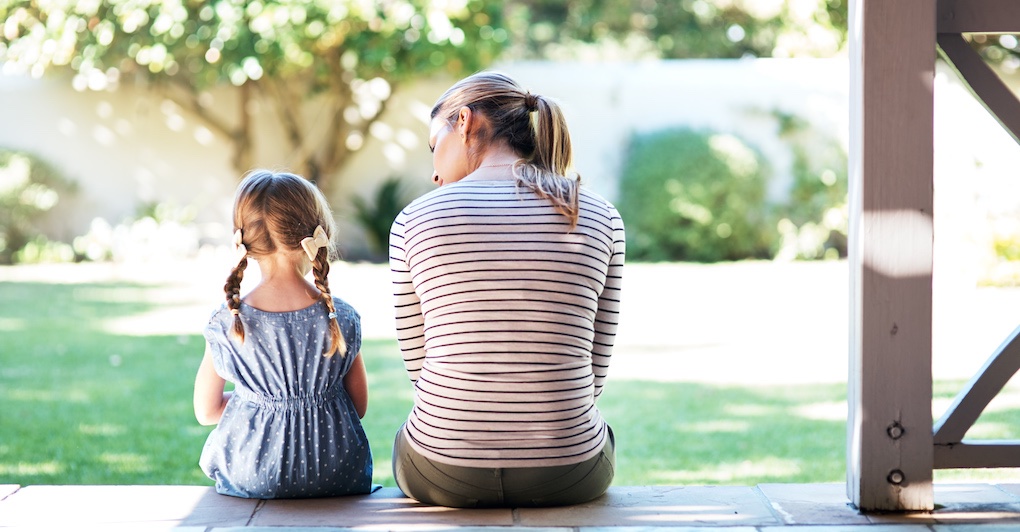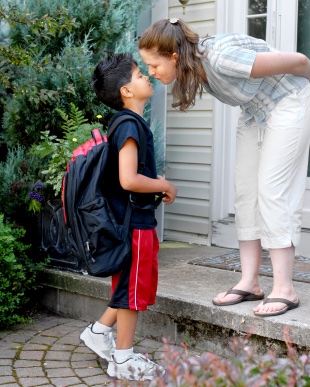
Relocating: Helping Your Children Learn in a New Environment by Amanda Winstead offers great advice for parents who have to move. It’s now easy for children, but here are some things to ease the pain. Thanks. Amanda.
Introduction
- Moving can be the beginning of a new adventure. It can be a chance to start fresh. It can also be an opportunity to expand your network of friends and colleagues. Moving to a new location holds all sorts of potential — it is what you make of it.
- Unfortunately, many kids don’t see moving in that light. For many, the idea of moving to a new place is terrifying. It is taking them away from something they know and are comfortable with and putting them into a completely new situation. This means a new bedroom, a new school, and new friends. Starting over is enough to make any child struggle.
- Thankfully, there is a lot parents can do to help make the transition a bit easier. Helping children adapt quickly and successfully to their new home and life is key to keeping kids on the right track. Taking the time to help them work through the emotions associated with such a large change can also help everyone in the family begin to adapt to a new home.
Preparing for a Big Move
- Perhaps one of the most important things you can do as a parent to help your child adjust to a big move and a new school is to start the conversation early. Just like adults, children need time to process the idea of a big change in their lives. Surprising them with something like that and not allowing time for the news to really sink in is asking for trouble and anxiety in your kid.
- Moving is stressful — there’s no doubt about that — but kids are extremely perceptive when it comes to your emotional well-being. If you want them to have a positive attitude about the move, you must do as well. Of course, this doesn’t mean that you avoid talking about the things that make them nervous or that will be hard, but it does mean trying to focus on the things that won’t change such as still having recess or a packed lunch and the benefits of moving like choosing their own bedroom.
- As with most adults, the core of a child’s fear about moving tends to be related to a lack of control in the situation. Do your best to give them whatever control you can and help them feel involved in the decision-making process. This can be as simple as letting them choose how they decorate their new bedroom or picking out their backpack and extracurricular activities. It can also mean getting them involved with packing their things and deciding if there are toys or clothing they don’t want to take with them to the new place.

Making the Time to Make it Home
- If you can choose where you are moving, it will be worth taking the opportunity to look into the quality of the schools in the area. It may come as a surprise, but children are frequently more successful in school districts that have a smaller number of students. Smaller towns rather than big metro areas can provide more one-on-one interaction opportunities between students and teachers because the classroom sizes are typically smaller.
- To help relieve some of the anxiety associated with going to a new school, try to take some of the mystery out of it before the first day. Take your children to explore the school, the playground, and what their walk home from school will be like if you’re close enough for that. Likewise, set up a meeting with teachers and school administration staff. Anything that helps the new location feel more familiar to your child and gives them an idea of what to expect will be a benefit on the first day.
- As your child starts their new school, it is valuable to stay involved and assess how things are going. Set aside time after school every day to see how their day went and listen closely to the things they have to say. Ask questions to keep them talking. If there are opportunities, see if they are interested in inviting some of the new kids they’ve met for a playdate which can help facilitate them making new friends.
Other Moving Opportunities
- Depending upon the age of your child, there may be an abundance of other ways to help them get involved. For instance, maybe you are moving to a new area where there are more types of extracurricular activities outside of school than there were previously. For instance, maybe the nearby city pool has a swim team they can get involved in or the library has a children’s book club. Although some of these activities aren’t directly tied to the school, they can help your children settle into the new place and make friends more quickly.
- Some older students may want to opt out of doing the new school thing altogether. If you feel that it would be a good fit for your child, you could look into e-learning. Doing school online can open up several opportunities to take different or more challenging courses than what is offered at the new school. Of course, going online isn’t for every student — it is important to evaluate whether or not your high school-aged child would be successful or flounder in this environment before making that decision.
- Moving to a new area and starting your child in a new school can be hard on everyone. Helping your children adjust is an important step in successfully adapting to a new school. Doing things such as giving them time to prepare, showing them around the school before the first day, and helping them get involved in activities can make a huge difference.





